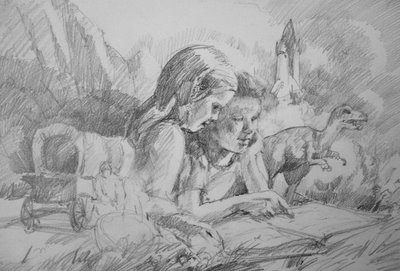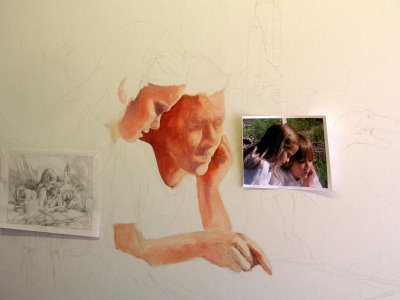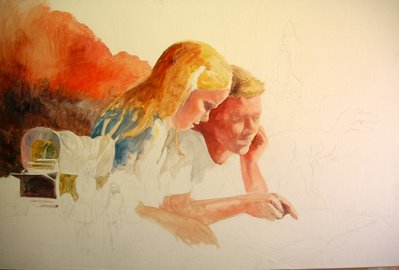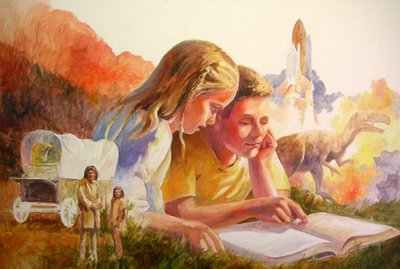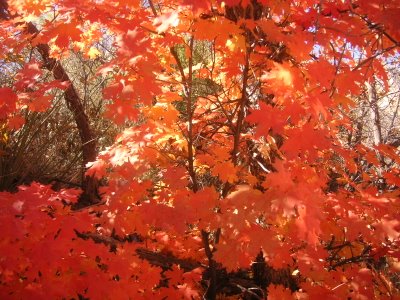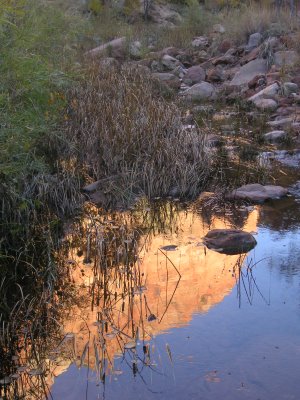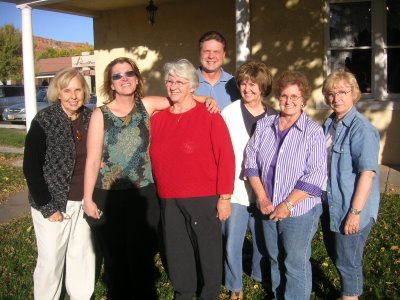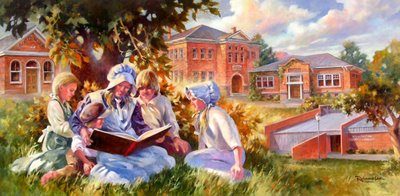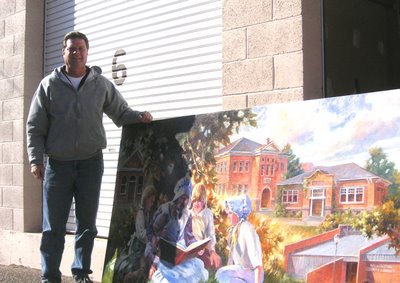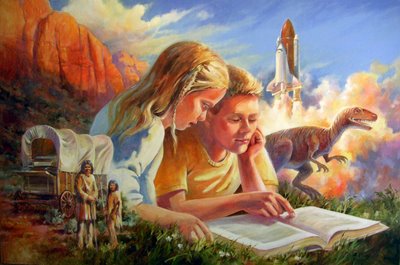
“Reading – A Window to the Past, and a Doorway to the Future”
Oil Painting by By Roland Lee
Southern Utah is a unique and wonderful place. The power of nature has sculpted the land into a complex labyrinth of towers and canyons, where prehistoric creatures and ancient peoples have carved their own marks as they struggled to survive in a harsh, but beautiful environment.
1. The towering walls and deep canyons of Zion National Park are evidence of the geologic upheavals that shaped our land. Today millions of people from all over the world travel to Utah to see Zion’s wonders.
2. Even before man stepped foot on this land, prehistoric creatures left their large footprints. The Allosaurus, a fierce carnivore, was so prevalent in Utah that it is now the official fossil of the State of Utah. Hundreds of tracks of other dinosaurs have been discovered and preserved near St. George.
3. Although other white explorers had visited southern Utah, the Mormon pioneers were the first to colonize the area. Travelling by covered wagon, they brought little with them as they struggled to farm the desert and tame the Rio Virgin.
4. Ancient peoples inhabited this land long before the white man came. The Anasazi left symbols of their life on rock walls, pottery shards, and dwellings. But the southern Paiutes, who came in 1200 AD and live here still, provide our strongest cultural link to human history in this land.
5. As a child I was fascinated by space flight and watched in awe when man stepped on the moon’s surface in 1969. Today, people of many nations work together in space stations and travel freely back and forth into space on vehicles such as the Discovery Space Shuttle. Who knows what changes technology will bring to the lives of tomorrow’s children?
